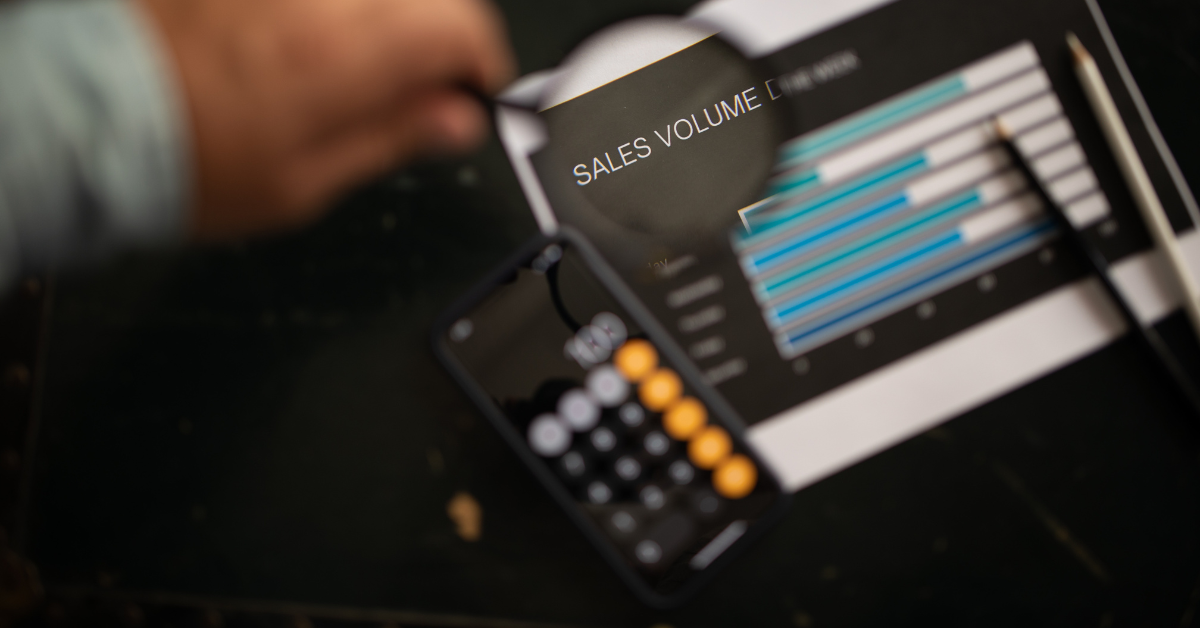Economic uncertainty.
Over the past 12 months, “economic uncertainty” has been a phrase we’ve seen and heard countless times. It may even become the 2023 Oxford English Dictionary word of the year.
And as we all know, economic uncertainty significantly impacts businesses worldwide. The consequences can be felt far and wide, from investment decisions to consumer spending to human capital decisions.
When it comes to revenue, the question is simple — regardless of the state of the economy: Are you going to meet, beat, or miss your revenue projections?
The answer to the most critical business question lies in your revenue cadence: the ongoing motion of revenue moments that revenue teams leverage across quarters to deliver predictable, repeatable revenue processes.
The top leaders live their lives in three-month increments — that’s one quarter or 13 weeks.
Your revenue cadence must align with those 13 weeks, 90 days with so many different revenue moments, including:
- Sales rep/sales manager one-on-one
- Forecast call(s)
- Pipeline calls
- Board preparation
- Quarterly Business Reviews (QBRs)
- And more
If you fail to blueprint your cadence correctly, well, bad things will happen — missed growth opportunities, ineffective budgeting, lack of stability, possible decreased employee morale, and increased employee turnover (to name a few).
So how does a CRO create the ideal revenue cadence?
How one revenue leader thinks about revenue cadence
Before we answer that question, let’s underscore the following:
The person in charge of (responsible for) revenue cadence? For driving revenue? For mitigating risks? The Chief Revenue Officer (CRO) ... sometimes referred to as the “head of revenue management” or “head of revenue operations.”
Unsurprisingly, this role is the #1 fastest-growing job in America.
——
Now that we’re all on the same page, this is how Alex Latraverse, CRO at Flock Safety, breaks down revenue cadence*:
Month #1: Implementing the OKRs you’ve established for the quarter
Month #2: Measuring and determining what’s working
Month #3: Closing out the quarter and planning for the next one
During each week of each month, Alex and his team:
- Analyze the pipeline, review pipeline creation, and discuss pipeline coverage (Monday)
- One-on-one deal reviews and leaders out in the field and on calls with reps (throughout the week)
- Forecast calls (Friday)
Rinse. Repeat.
*Standard disclaimer: The revenue cadence of a company can vary depending on its business model, industry, and various other factors.
Unfortunately, that’s now how most revenue teams operate.
Houston, we have a problem.
In many organizations, we see an inaccurate cadence and numbers that are ... off.
The problem: Sales teams haven’t taken the proper time — put forth the necessary effort — to define what is essential and set targets.
On the surface, all appears “clean and organized,” but it’s a mess under the hood. Specifically, we see the lack of timely engagement and progression of deals — early-stage deals are neglected and left idle while “hot deals” are prioritized to fulfill immediate targets.
Seth Marrs, Principal Analyst at Forrester, concurs.
His research has shown that 60% of deals are lost in Stages 1 and 2. And on average lost deals are open 2.4 times longer than won deals. So not only are reps losing deals (and losing them early), they are losing something critical to sales: time.
Sellers are reluctant to let go of those Stage 1/2 deals because they don’t want to give up control.
This brings us back to revenue cadence — a lack of consistent and timely action without a cadence. Human error creeps in when you rely on humans to manage the above. Technology — specifically AI — helps to catch those mistakes and course-correct them before it’s too late.
Data and insights help uncover blindspots and determine where (and when) to take action.
Clari is here to solve that problem.
Seth Marrs suggests implementing a Stage 1 cadence to ensure deals progress correctly. He recommends collaborating with BDR and SDR teams to pass back unresponsive deals to bring them back to life.
We agree.
At Clari, we think of this process as a triangulation of data from multiple sources using the following two methods:
- Objective (quantitative): Data. What does the data say? What do conversions look like?
- Subjective (qualitative): Why leaders think the deal is or is not going to close or not close based on intuition (and years of experience)
Using AI, Clari helps uncover both qualitative and quantitative data. Our platform helps revenue teams analyze more data points and understand trends and patterns better and faster.
Clari helps organizations scale and maintain predictable business outcomes by providing tools and processes for repeatable and predictable revenue generation.
Capture every drop of revenue with The Clari Revenue Cadence Playbook™. Learn how to master the revenue moments that drive your business so you can avoid revenue leak and win more revenue — predictably and confidently.



